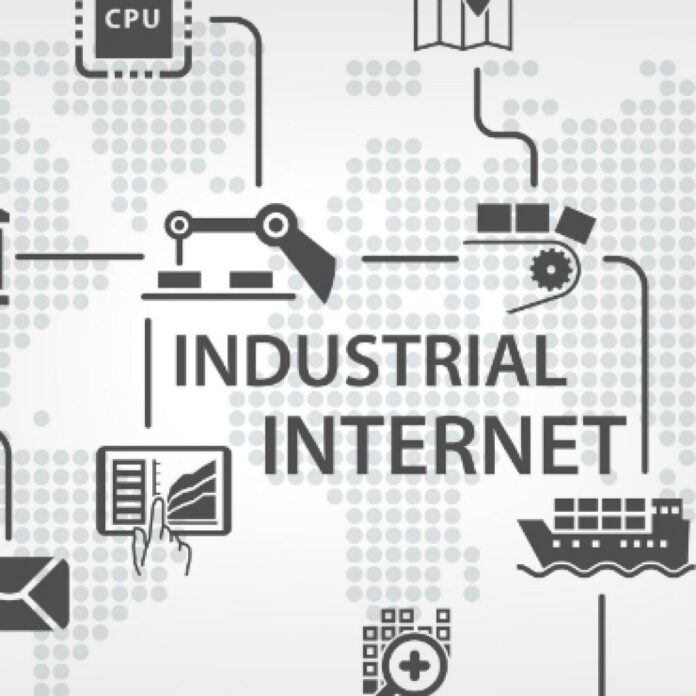AT&T has been saying for months that satellites will be part of its “Internet of Things” strategy, and this week the carrier finally shared details. Globecomm will be AT&T’s IoT partner for satellite services, enabling AT&T to better leverage DirecTV’s satellite portfolio to connect machines to the Internet.
“We’re offering a one-stop shop for IoT connectivity,” said Mike Troiano, vice president, AT&T IoT Solutions. “Our customers now have a flexible, reliable and highly secure service to monitor their assets nearly anywhere. They don’t have to choose one connectivity solution over the other – they can have the full package.”
Globecomm leases satellite services to help its corporate and government customers solve connectivity challenges. The company also builds satellite uplink facilities, and counts AT&T’s DirecTV as a customer. Mobility and satellite services are two of the company’s top focus areas, and Globecomm also offers wireline services for both voice and data. Since late 2013, the company has been owned by Wasserstein and Company, a private equity group. CEO Keith Hall has said he is working to transition the company’s service from managed connectivity to “data-managed connectivity.”
“We’re helping businesses collect and analyze critical information wherever their assets are – to generate operational improvements and hard ROI – on land or at sea,” said Jon Kirchner, Globecomm’s senior VP for products and corporate strategy. “We’re working with AT&T to offer seamless connectivity over a single platform.”
In 2015, AT&T signed more than 300 deals with companies to connect devices across multiple industries, including manufacturing, energy, automotive, shipping, healthcare, home security and smart city sectors. The company has been particularly aggressive in the automotive area, signing deals with major manufacturers in the U.S. and Europe.
AT&T has two types of IoT platforms: service management platforms and developer platforms. The service management platform, called AT&T Control Center, uses the company’s portals and application programmer interfaces to enable customers to manage connectivity and services like geofencing and time sensitive communications.
The developer platforms are tools to help software engineers eventually create IoT applications as seamlessly as they can create mobile applications. Mobile app creation is streamlined by iOS and Android developer kits, but so far there is no widely-adopted standard for the Internet of Things.
Follow me on Twitter.

